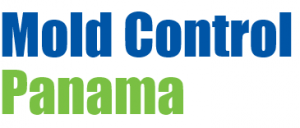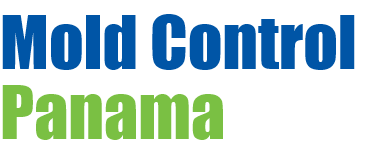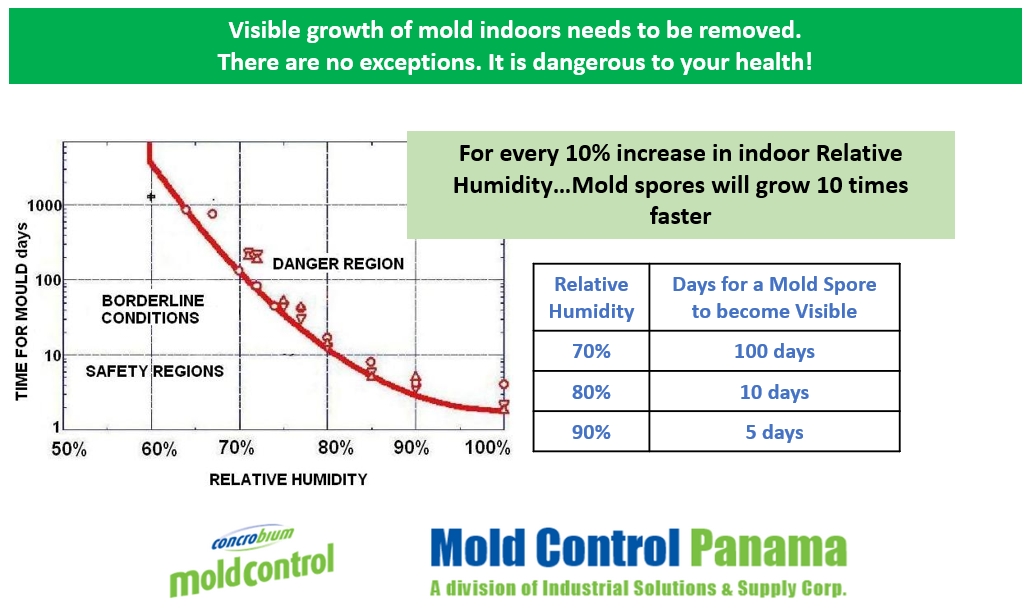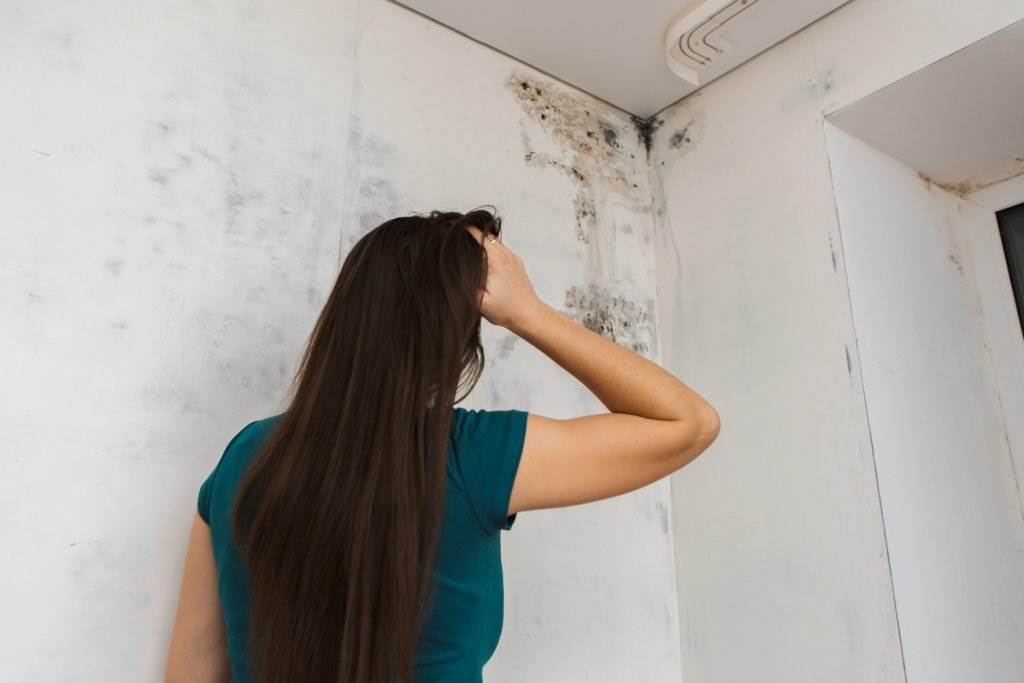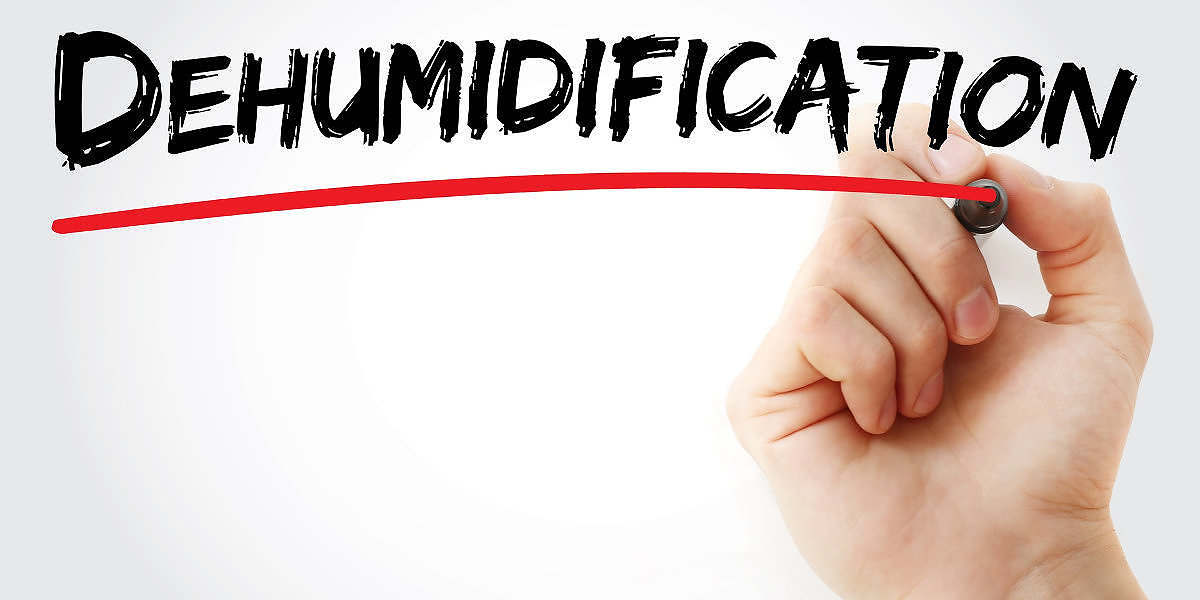
Air Conditioner or Dehumidifier? Lowering Indoor Relative Humidity for Mold Control
A common misconception in Panama is that an air conditioning system is always sufficient and more economical than using a dedicated dehumidifier.
A dedicated dehumidifier should be considered in most situations where interior room or building humidity is measured high (above 65%) and mold growth is hard to control.
Why is Relative Humidity Control Critical to Mold Growth
To germinate (become active), mold spores require a favorable environment: (1) relative humidity, (2) temperature, (3) stagnant air, and (4) a food source. If favorable conditions are not present, the spores remain inactive (dormant), and in this state they can do little damage. However, be aware that mold in its dormant or inactive state can and will reactivate if the environment changes and conditions become favorable.
The most important factor in mold growth is the presence of moisture. This is most commonly found in the air as relative humidity (RH), but can also be the natural moisture content of the object on which the mold is growing. In general, the higher the RH, the more readily mold will grow. A rough guide for Panama is that mold spores will germinate and grow in a month at 65% relative humidity, but within a week at 80% relative humidity. Good air circulation will also significantly help slow or stop mold growth. But relative humidity control is the single most critical factor.
What is the Difference Between an Air Conditioner and a Dehumidifier? Don’t they Do the Same Function?
An air conditioner is designed to cool room air. It does that by circulating the warm room air over the cooling coils, taking the heat from the air and transferring that heat energy to the freon which then goes to the evaporator outside that transfers that heat energy to the outside. In that process, the warm and moist room air will condense on the cooling coils, and drains away. So the AC is also pulling moisture out of the air, like squeezing a sponge.
A dehumidifier also pulls the moist air over cooling coils, and in the same way, the moisture from the room will condense on the cool surface and is drained off. But the dehumidifier does not have an outside evaporator, so there is also a heat coil that the air goes over before it goes back into the room.
The thing most people (and even most AC sales and service people) never consider is that an AC will only “dehumidify” the air when the fan and the refrigerant operation are both running at 100%. So consider that once the air temperature reaches the temperature you have set on the thermostat, the fan will still run but the cooling coils no longer need to be cold, so the compressor will stop running. And the coils are no longer cooled to below dew point, so no moisture is being pulled from the air. But the AC fan is still running, consuming electricity. So if your AC is cycling on and off, or shut down, there is zero dehumidification.
In many cases that is fine, depending on what the ambient humidity is. The periods that the AC is operating (and cooling) it will pull moisture from the room air. BUT, most businesses shut down their AC at night or weekends, so there is zero dehumidification taking place. As the humidity builds up from ambient, that air moisture is absorbed like a sponge by concrete, wood, clothes… everything except tile. Come that the AC is turned on in the morning, it can quickly bring the air temp down, but is starting back to square one with the moisture in the air.
Summary
A dehumidifier is the most efficient way to pull moisture from the air. All components (fans, chillers) are optimized to work in the most efficient manner together. This is why we recommend that the dehumidifier is used to supplement the available dehumidification of a central AC when it is running. A commercially available (Panafoto and Price Smart have a good choice and prices) 50-70 liter dehumidifier unit will cost less to operate than an AC. The “70 liter” designation means that at optimal conditions (24 hrs continuous operation) the unit will remove 70 l of water. It is much more energy efficient a machine than a central AC for removing humidity, which is the whole idea.
The next problem is that the internal condensate tank will usually need dumping once or twice a day. If the tank fills up, the unit automatically shuts down. And if you are away or not dilgent, the relative humidity will build up again. However there are a couple of options you can consider.
Pretty well all name-brand units support connection of an external gravity fed hose. Just buy an economy garden hose and run it to a floor drain somewhere, or in some cases people drill a hole to an outside AC drain. Since May 2023 I have seen a 70 liter unit from Hisense (specification sheet HERE) at Price Smart that has an integrated condensate pump and hose. Good brand, good price, good warranty.
